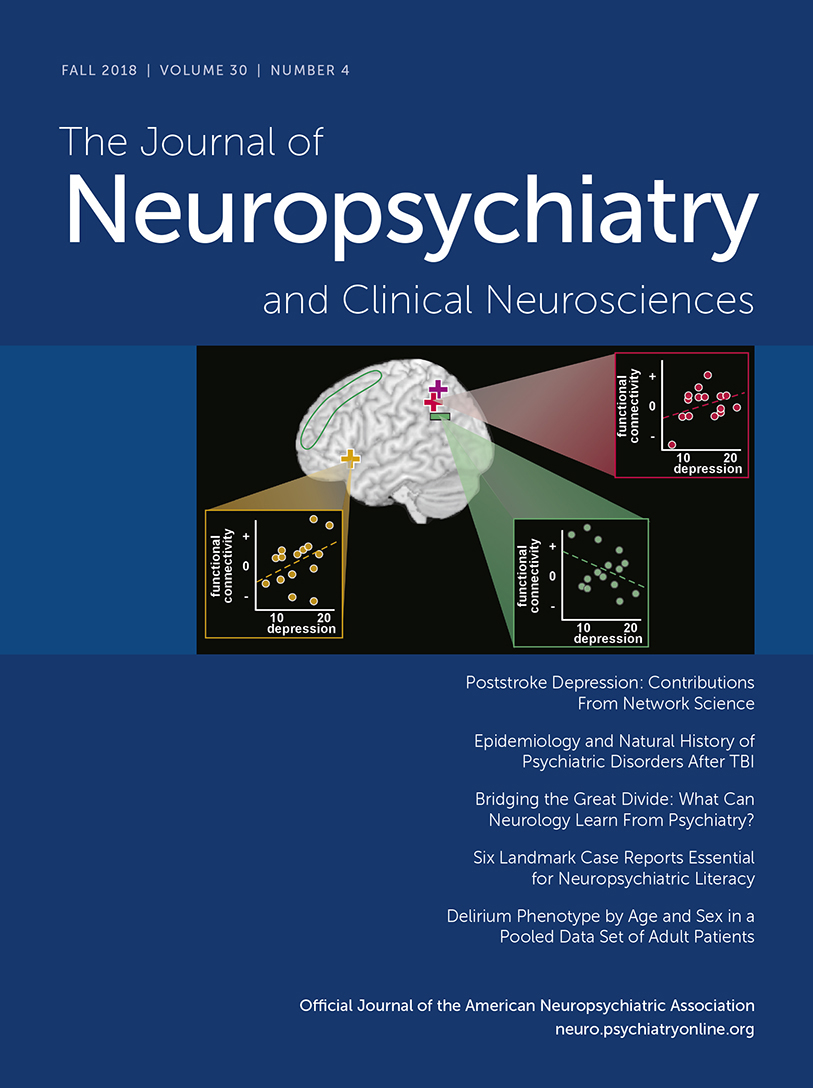Epidemiology and Natural History of Psychiatric Disorders After TBI
Abstract
This article outlines the epidemiology of psychiatric disorders in individuals with traumatic brain injury (TBI), with a focus on DSM axis I disorders diagnosed on the basis of structured clinical interview. The epidemiology of psychiatric disorders in the general population is described as a basis for understanding the disorders that occur before and after TBI. For each disorder category, including mood disorders, anxiety disorders, acute stress disorder, posttraumatic stress disorder (PTSD), substance use disorders, psychotic disorders, eating disorders, somatoform disorders, and adjustment disorders, the evidence from retrospective, cross-sectional and prospective studies is reviewed, showing the frequency, time course, and predictors of the disorders. Studies show elevated rates of depressive and anxiety disorders after TBI, most commonly major depressive disorder and PTSD, usually emerging in the first year postinjury but with delayed onset in severe injury cases. Although individuals with a preinjury history are more likely to develop these disorders, the nature of the disorders may change after injury, and novel psychiatric disorders are also common. Even though the frequency of anxiety disorders diminishes over the years postinjury, depressive disorders are more persistent during postinjury years. Substance use—while high before injury—declines after injury. The frequency of psychotic, eating, somatoform, and adjustment disorders do not exceed population rates.



